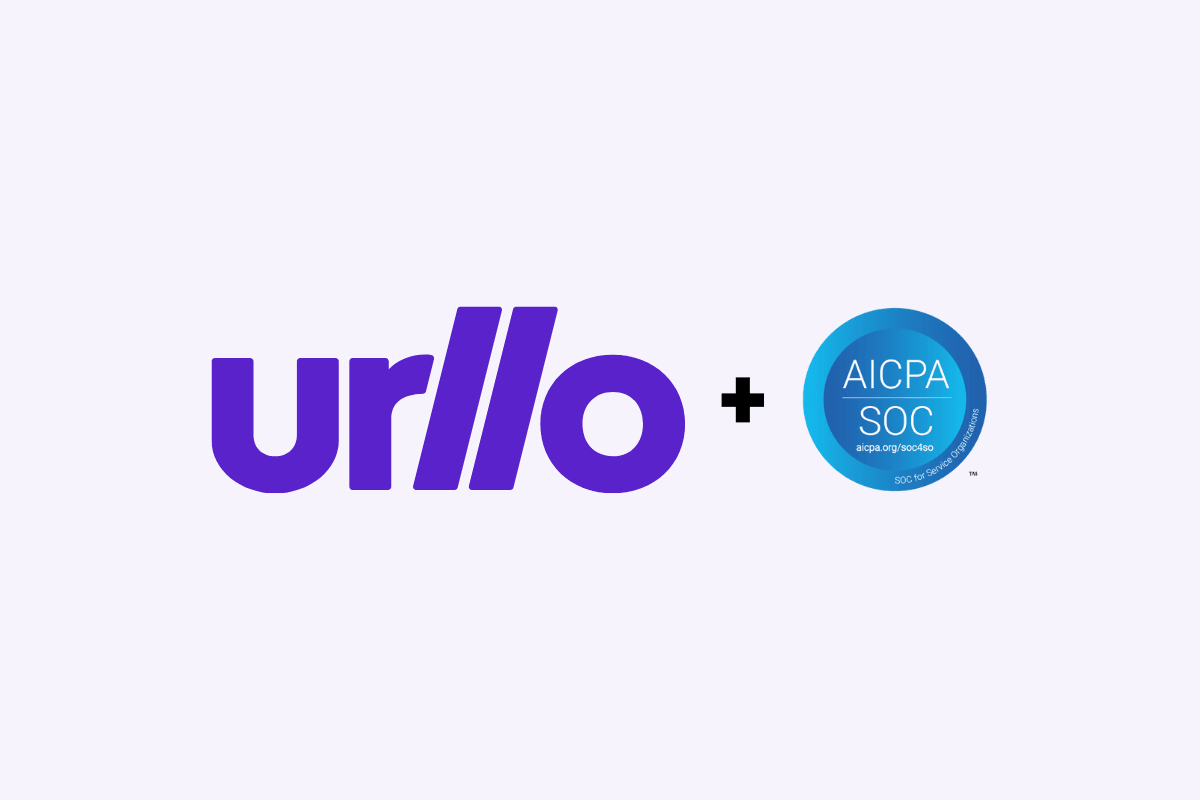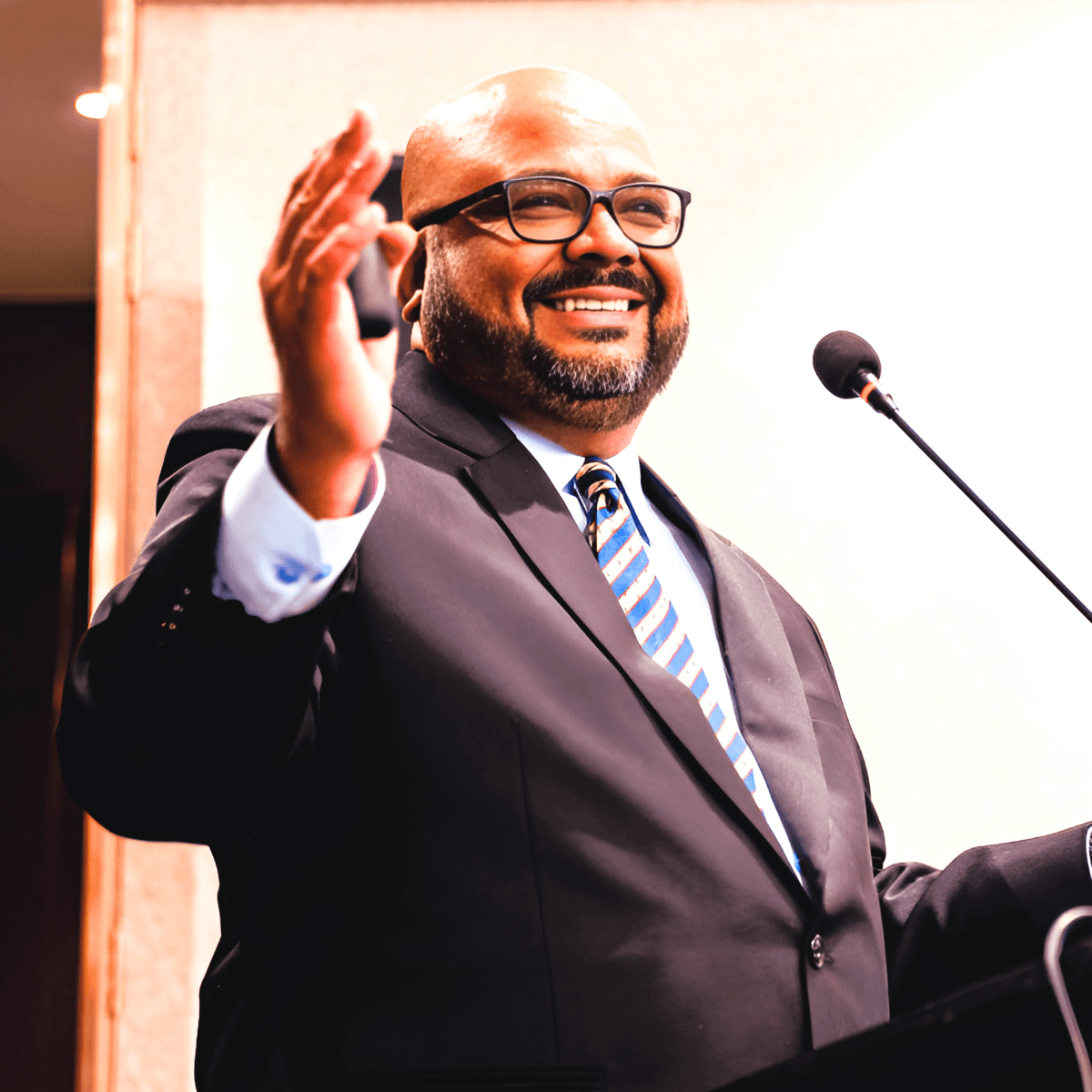The world’s a bit of a mess right now.
Markets are shaky, attention spans are shrinking and trust is lower than ever.
- 6 in 10 people globally say they feel let down by business and government (source).
- 71 percent of customers feel increasingly protective of their personal information (source).
- Businesses are facing a high rate of change, but leaders and employees feel less ready to respond (source).
At Hatched we work with ambitious brand leaders who are navigating all of this worldly complexity. When I speak with my clients, one question keeps coming up:
How do we build a brand that stays relevant when everything else is changing?
It's a critical question because relevance isn’t static. It’s shaped in real-time by shifting customer expectations, new technologies and cultural signals that evolve by the week. In an unstable environment, what can brand leaders hold onto?
I recently joined the urllo expert series to share some of what I’ve learned over the past 20 years working with global and local brands. Lessons that feel more relevant than ever in times like these. You can watch the full webinar below, or read on for my key lessons.
1. Build your brand house to guide decision making
The brands that adapt well under pressure have one thing in common: they’ve already done the foundational work.
When you’re facing rapid change, whether it’s cultural, commercial or technological, you don’t have time to reinvent what your brand stands for. You need a system that empowers your brand and business to fall back on, no matter what's changing. That’s where a strong brand house comes in: a clear and simple articulation of your brand belief, purpose, responsibility, function and value. These are not "nice to haves." They’re the principles that guide how you show up, respond and make decisions when the world gets messy.
Without a brand house, it's easy for leaders to panic in moments of disruption. They over-correct, react too quickly or drift from their values. But when you have a strong brand system that's codified and embedded across teams you can respond with confidence. You stay grounded. You can say, “here’s what matters to us. Here’s how we behave. Here’s how we speak. Here’s what we do and what we do next.”
A well-designed brand house also acts as a creative constraint. Constraints are a source of energy and focus. When you define what your brand will and won’t do, you give your teams a clear playground to explore. That clarity encourages better ideas, sharper creative and faster decisions. It helps teams avoid noise and make choices that reinforce the brand rather than dilute it.
Your brand house is your shelter from the storm. And when everyone from your CEO to your newest hire understands it, you don’t just weather disruption, you can lead and inspire through it.
2. Execute consistently to build recognition and trust
Today’s consumers are harder to reach and quicker to dismiss. We expect more of the companies we buy from. Our attention span is a lot shorter. In a saturated content environment, brands often feel pressure to move faster and speak louder. But that leads to shallow, knee jerk, often off-brand messaging.
Brands that connect with their audiences offer something meaningful. They don't just shout louder on every page on social media. They don’t chase every trend or channel. They don't launch one campaign and call it a day.
They create intentional signals that show up consistently across platforms and over time, without becoming robotic or stale. That kind of repetition builds recognition and trust.
Repetition is what helps audiences internalize who you are. Without it, even the clearest message gets lost.
There is no silver bullet that communicates your brand perfectly. The real work of brand-building isn’t flashy. It’s ongoing. It requires collaboration across marketing, sales, customer success, culture teams and leadership teams to make your brand stick.
Every person in your organization represents the brand, through how they speak, act and deliver. In fact their own personalities evolve your brand. From frontline support to backend engineering, every team member shapes how customers experience your brand. That’s why brand work can’t live in a silo. It needs to be understood, internalized and executed in a way that includes everyone.
This is the difference between a brand that’s heard once and one that’s remembered.
3. Trust is in the doing, not the saying
Performative branding has reached its peak. Audiences that once put their trust in so-called “hero brands,” the companies that sell themselves as larger-than-life change agents, are more skeptical than ever.
That approach no longer resonates in the way it used to for most. People have lost the love for heroism in branding because it often lacks follow-through. Employees call out their employers for failing to live up to the ideals they promoted publicly. For instance, organizations that publicly supported Black Lives Matter came under fast criticism for the lack of diversity in their leadership teams. That disconnect destroys credibility, internally and externally.
The scrutiny today is intense, and rightly so. Trust comes from saying less and doing more. Living your values daily and earning belief through action. If your external message says one thing, and your internal culture or customer experience says another, it’s only a matter of time before that gap becomes public.
Authenticity needs to be built from the inside out.
This is where brand and culture meet. When reviewing your brand, ask yourself and your team: Do our internal behaviors align with our external narrative?
When brands align their purpose with consistent, transparent action, they build real trust that lasts, even when they misstep. And in today's world, full of misinformation and bad actors, that trust becomes a differentiator.
4. If you can't tell your brand narrative in 20 seconds, you don't know it yet
One of the simplest ways to stress-test your brand is to say it out loud. Try to explain your brand’s purpose, responsibility and value in 20 seconds or less. Can you do it? Remember it’s not what you do, but why you do it.
If you can't, you likely don’t have the clarity or alignment you think you do.
If you can, take it to your team, and not just the marketers. Share it with your sales team, support staff, the finance department, etc. Especially teams that you don’t work closely with. See if it resonates. Ask if they use it. Ask what language is actually landing with customers. Because if your brand house isn’t helping the people who communicate every day, it’s just decoration or "fluff."
As a leader, you don’t just create the brand, you listen for it. If people don’t understand it or you see eyes roll when you bring it up, that’s a signal. Your brand isn’t just what’s written. It’s what’s remembered, repeated and used.
That's what makes a clear brand narrative that can be communicated in 20 seconds or less a great tool for alignment. It can guide how you and your team speak, act and make decisions.
Your brand house must be regularly revisited and expressed across content, product and customer experience, not just in workshops or hidden in design decks. A simple 20-second check-in with yourself and your teams can reveal a lot.
Final thought
Brand leaders today are navigating a perfect storm. Economic instability, rapid shifts in technology, cultural fragmentation and shorter attention spans have made the job harder and riskier than ever. In this environment, the pressure to act quickly, say something bold or chase the next trend is enormous.
But long-term brand relevance is built through consistent, thoughtful execution and the value you offer your audience.







.png&w=2560&q=88)

.png&w=2560&q=88)







